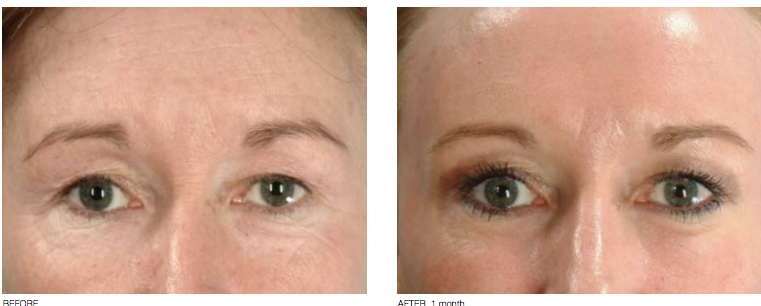Fractional Laser Resurfacing
Our Clinic Services
What Is Fractional Laser Resurfacing?
Thin layers of skin are vaporized using a high-energy beam of laser light. This creates a “controlled injury” to the skin: as the skin heals, it produces collagen as a natural part of the healing process, which restores your skin’s elasticity.
Laser resurfacing is designed to minimize wrinkles, reduce facial scarring, even out skin tone, and increase dermal collagen. When performed by an experienced provider, laser resurfacing typically is more effective than other treatments like dermabrasion.
What Does Fractional Laser Resurfacing Treat?
Laser resurfacing is designed to minimize wrinkles, reduce facial scarring, even out skin tone, and increase dermal collagen.

How Is Laser Resurfacing Performed?
Our doctor will determine how much energy should be transmitted to your skin and will control the depth of penetration of the laser. Performing a successful laser resurfacing is a skill that depends on the experience of the provider to know how much controlled injury to give your skin. The goal is to use as much laser resurfacing as possible to produce a beautiful, even skin texture while avoiding any scarring and lightening of the skin.
You may choose to have it used on your entire face, or you may choose specific areas. In addition to resurfacing your skin, the laser has a mild tightening effect, which can be an added benefit in areas like the lower eyelid where the skin may become loose over time.

Side Effects of Laser Resurfacing
Side effects are relatively minor and usually go away in a short time after Laser resurfacing treatment, approximately couple days. The most likely side effects are swelling, redness and irritation. However, burning, scarring and a change in pigmentation do sometimes happen, so it’s important to review all the risks and evaluate your personal health history as you consider this procedure.
How Long Does Laser Resurfacing Last?
The number of treatments needed and the results will depend on the individual. If you are treating a specific problem, such as acne scars, it may require more treatments than if you are looking to reduce the appearance of fine lines and wrinkles.

